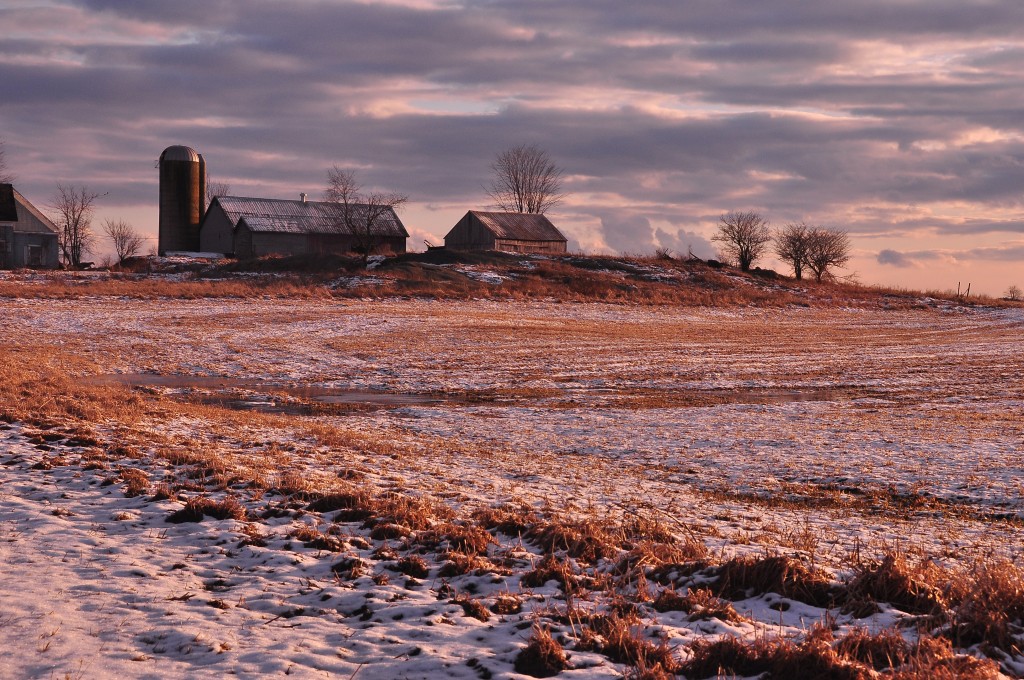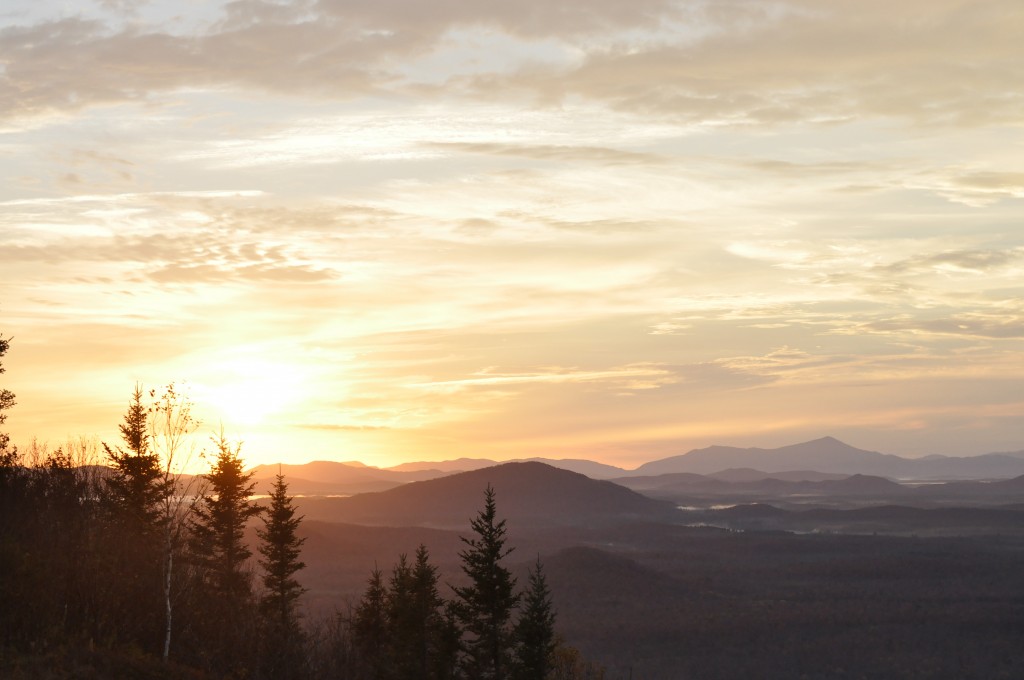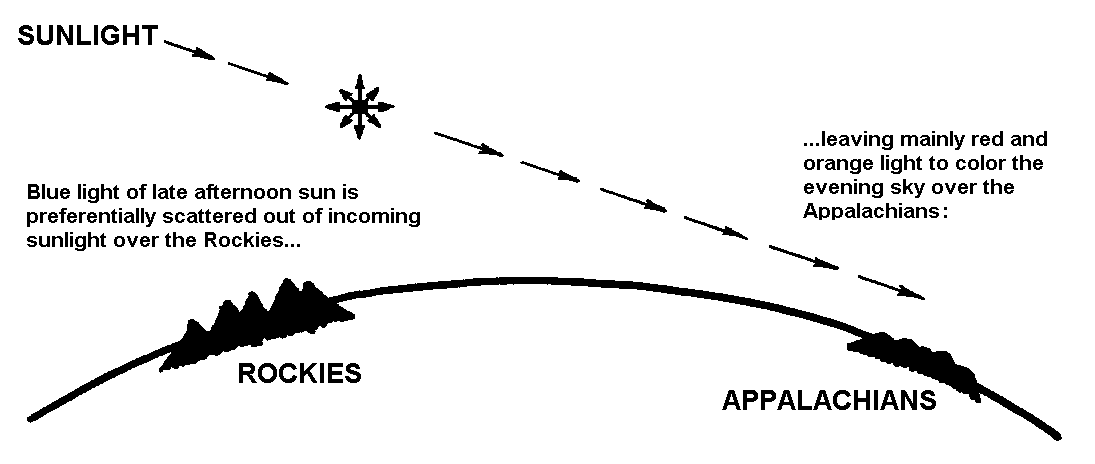Pinball machines, the scattering of light, and glorious North Country sunsets
This past week I spent an evening driving across the North Country.
Though January puts up a good fight, I find that March is the month which most often tries my Northern patience. Unending white and indefinite snow I can deal with, but the greys and browns of soggy in- between seasons have long stoked my annual excitement for summer.
The first day of spring marks a nebulous time in the North Country. March thaws allow rivers like the Grass and Ausable to erupt out of their frosty cages, only to refreeze in the wintry nights to follow. Hikers and dog walkers face unreliable combinations of slush, snow, and ice, and skiers gamble for mashed potatoes over corny ice crystals on the slopes.
Then, practically over night, the last of the snow is gone. It sneaks into the ground and runs into the rivers when it’s had enough of that. It permeates lawns and houses, trails and roads, making rivers burst anew from their icy sources, high above in cold mountains or far north in the St. Lawrence.
This is, in my opinion (and now I can say NOAA’s too) the best time of year to watch the sun set. It is precisely the contrast of vibrant color against grey brambles and twiggy tree stems that makes this so. As I watched the glow of the sunset from the passenger seat of my car, sunbeams cut speckled shadows on gently rolling corn and wheat fields still covered with snow. Though the horizon bore just a hint of pink, the sky lingered on, blue as a cartoon bird.
I have seen some pretty fantastic sunsets in some beautiful places. A sepia tone evening on Azure Mountain this fall sneaks to the top of the list, as well as countless happy dusks spent lounging on sun-warmed rocky island slabs in Cranberry Lake. Though these memories are lovely, there is just something about the sun setting on the true North Country landscape that elicits an unparalleled warmth of color. This spectacle is made all the more beautiful when the tones of the land itself are muted during mud season.
Just what causes this dreamy phenomenon? As science would have it, there is a reason for everything, and Stephen Corfidi, a meteorologist for NOAA, has it.
The sun, our closest star, is constantly showering the earth in radiation and light. When light radiation hits an air molecule, it “scatters”. This is essentially what it sounds like: light traveling as a wave hits a particle and bounces off in another direction and with a different wavelength. The tiny particles absorb some of the energy from the approaching wave, and the light bounces off more slowly than when it came. The unique size and stature of the molecules that make up air on earth allows them to scatter light from the sun as blue light. Hence, we see bluebird skies when the sun is at its height.
Different colors in the sunset are the result of light radiation being scattered as it pushes through our atmosphere. Each color corresponds to a different amount of energy and a different wavelength of light. The more air between the sun and the observer, the more particles a beam of light is prone to bounce off of before it reaches the human eye. With each collision, the light loses some energy and thus begins to change color for the observer (Stephen Corfidi, NOAA). Light ricochets through the atmosphere like a pinball in a machine, gradually losing speed and aggravating the particles it nudges along the way.
So what does this have to do with golden North Country evenings?
At the beginnings and ends of the day, the sun is at a lower angle in the sky. The light it emits must travel further through the atmosphere, bumping into particle after particle, scattering and re-scattering until it reaches the eye of the observer. At this point, the light wave is much longer than when it first hit an air molecule, its energy has been sucked up by the collisions it undergoes and we are left with long, sluggish red and orange hues.
As Corfidi put it during an interview with National Geographic’s Amanda Fiegl,
The blues could be somewhere over the West Coast, leaving a disproportionate amount of oranges and reds as that beam of light hits the East Coast, (Stephen Corfidi)
So essentially, we here in the North Country experience lovely winter and springtime sunsets because we get the dregs from the bottom of the light barrel, churned up somewhere between here and the Rockies, the sun and our eyeballs. Minimal haze and seasonal slow circulation of air (it’s all cold) helps to produce pure tones that radiate against the familiar hushed tones of the spring landscape.
Alas, mud season is nearly upon us, but we have ethereal late winter sunsets and lingering blue skies to cling to like the light at the end of the tunnel.










